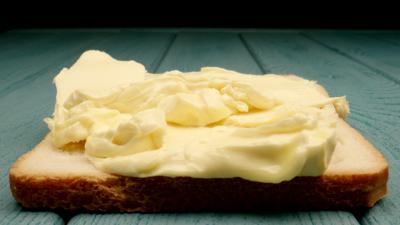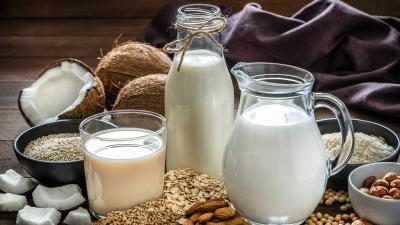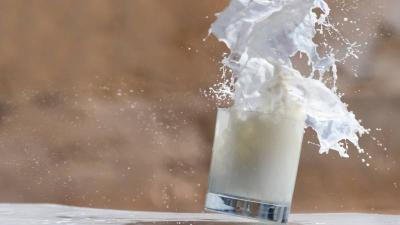The Dairy Product Industry Needs To Stop Milking School Lunches
The dairy product industry has been milking school lunches for profit since the National School Lunch Program was introduced more than a half century ago. The federal government spends more money on dairy products than any other food item in the school lunch program. But it’s time to get milk out of school lunches. Abundant research shows milk does not improve bone health and is the biggest source of saturated (“bad”) fat in the diet—the very fat that Dietary Guidelines push us to avoid. So PCRM recently petitioned the USDA to stop requiring milk in school lunches.
The nutritional rationale for including milk in school meal programs was based primarily on its calcium content. Milk was presumed to promote bone health and integrity. Time and again, this has proven false. Milk-drinking children do not have stronger bones than children who get their calcium from other foods.
A study published by the American Medical Association in the Archives of Pediatric and Adolescent Medicine this year showed that active children who consume the largest quantities of milk have more bone fractures than those who consume less. This was not surprising. Prior studies show that milk consumption does not improve bone health or reduce the risk of osteoporosis and actually creates other health risks.
Milk is the number one source of saturated fat in children’s diets. One in eight Americans is lactose intolerant. More than 1 million U.S. children struggle with milk allergies, the second most common food allergy. And milk also contains sugar in the form of lactose, animal growth factors, and occasional drugs and contaminants.
Calcium is an essential nutrient. But if children get calcium from milk, they miss the beta-carotene, iron, and fiber in vegetables. Children can get all the calcium they need from nondairy sources such as beans, tofu, broccoli, kale, collard greens, breads, cereals, and nondairy, calcium-fortified beverages, without any of the health detriments associated with dairy product consumption.
Times have changed. So should school lunches. To safeguard the health and well-being of the nation’s schoolchildren, the USDA should issue a report to Congress recommending that Congress amend the National School Lunch Act to exclude milk as a required component of meals under the National School Lunch Program. To learn more about the dangers of milk and other dairy products, visit PCRM.org/Health.
In this video, I explain more about eating for healthy bones:
Healthy Bones: PCRM Kickstart
PCRM president Neal Barnard, MD, explains that the most healthful sources of calcium are green leafy vegetables and legumes—or "beans and greens."







